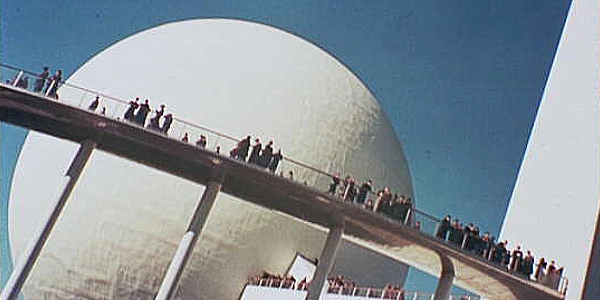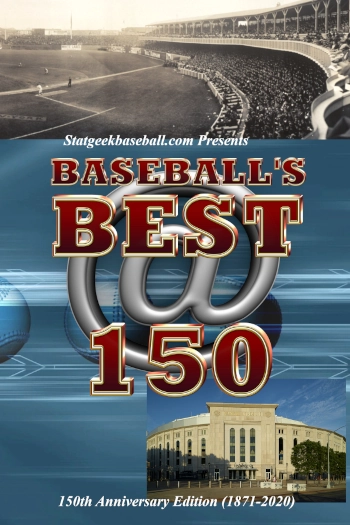Quick List Info

Dates Open - 1939 Season: April 30 - October 31, 1939. Open 185 days. Open Sundays.
1940 Season: May 11 to October 27, 1940. Open 170 days. Open Sundays.
Attendance - 1939 season, Total (with passes, staff, etc.) 32,786,521. Paid 25,817,265.
1940 Season, Total 24,401,314 (Paid plus passes). 19,138,732 Paid.
International Participants - 1939 - 52 nations and 11 colonies. 1940 - 44 nations and 3 colonies. (Unverified)
Total Cost - $67,010,989.76 (both years for the Expo Authority). Estimated total cost, including participants, was $160 million. World's Fair had a loss of $18 million.
Site Acreage - 1216.5 acres in Flushing Meadows, Queens, New York City. Currently the site of Flushing Meadows Park, the Queens Museum, and the United States Tennis Center, among other attractions.
Sanction and Type - Bureau of International Exhibitions Sanctioned Fair in 1939. Registered with the B.I.E. on 5-4-1937 as a general exposition of the 2nd category. Would be considered a Universal style Registered event today like those on the 0 years of the decade are considered. Due to war in 1940, the B.I.E. released its members from all treaty obligations and took no action on the request to the bureau from the New York Fair Authority for a second year.
In both years, the federal government of the United States made an appropriation and sent foreign invitations. Decision to hold the fair for a second year was made in the summer of 1939. It was announced by President Roosevelt on September 8 with the board approving on September 26, 1939.
Ticket Cost - In 1939, the full price Adult ticket was 75 cents, children 3-14, 25 cents (10 cents one day per week). A book of twenty tickets was $2.00 for children. A season pass for Adults, $15, children $5. In 1940, the per day Adult admission was reduced to 50 cents.
Photo top center: Incline view of the Trylon and Perisphere, 1939, Gottscho-Schleisner, Inc. Courtesy Library of Congress. Column Top: 1939 New York World's Fair Poster, 1939, New York World's Fair Authority, Courtesy Pinterest. Bottom: Night view of the Trylon and Perisphere, 1939, New York Daily News, Courtesy Pinterest.

Other Histories of World's Fairs to Check Out










